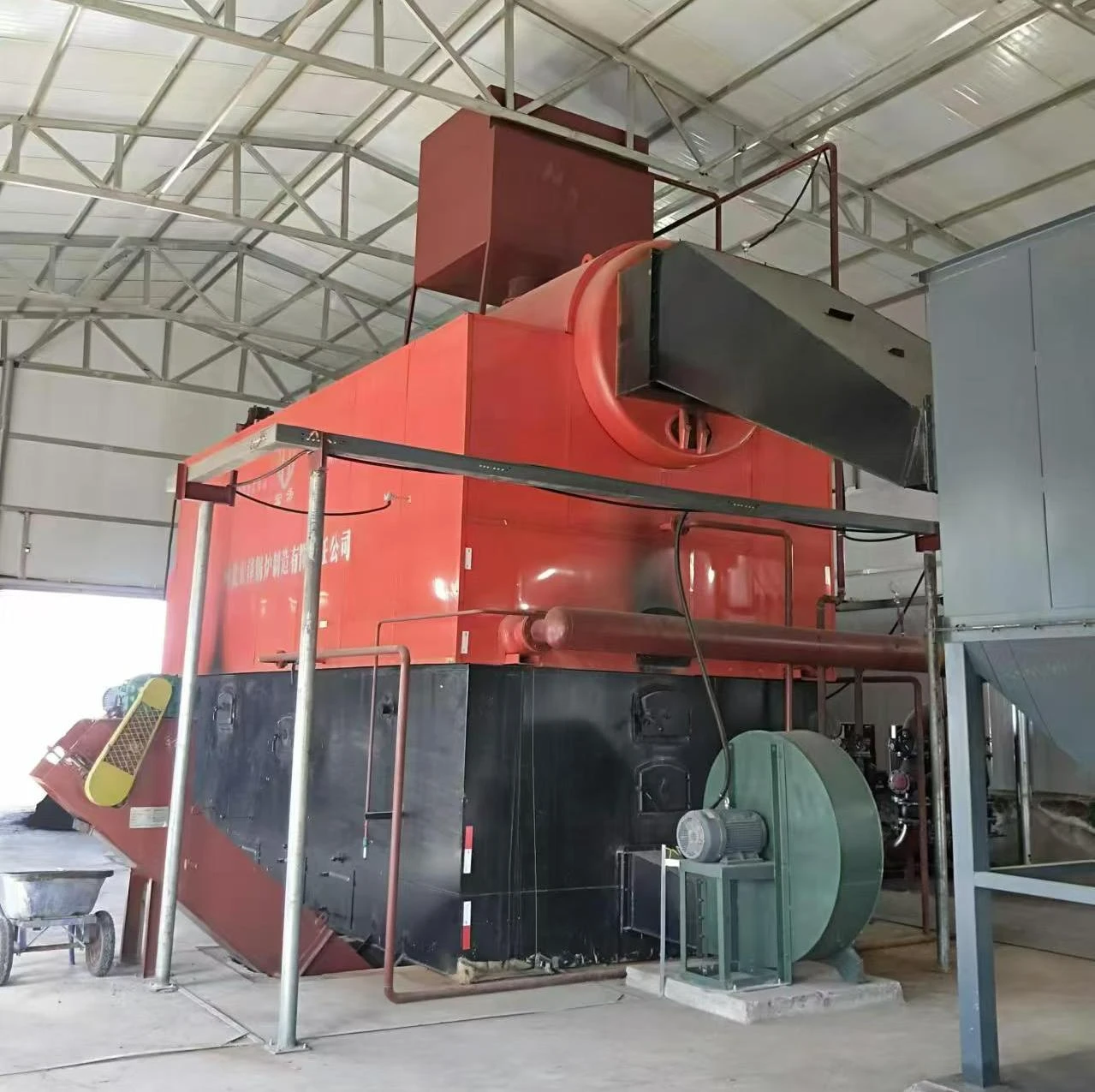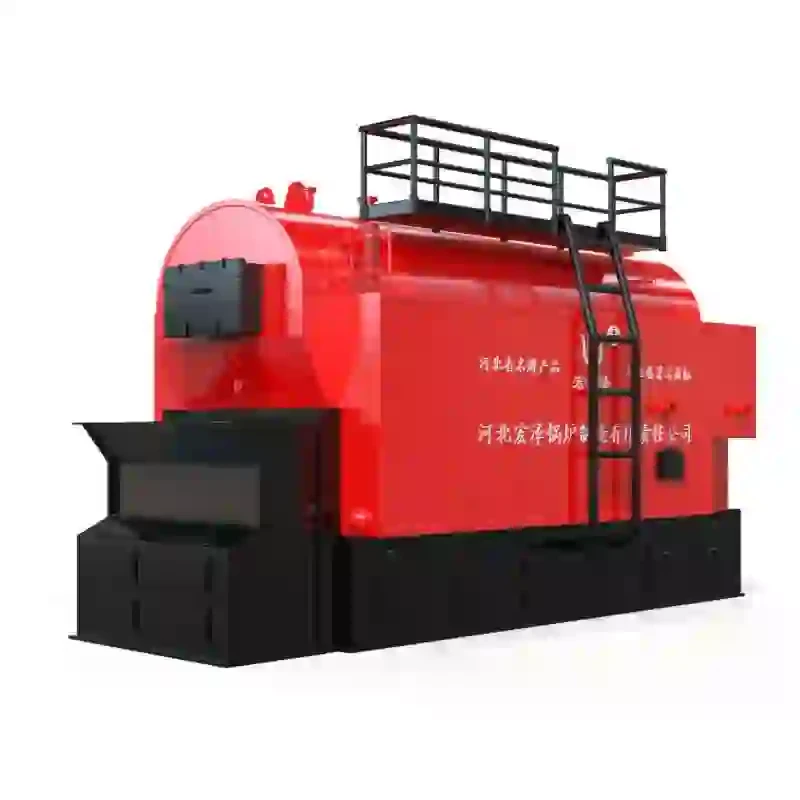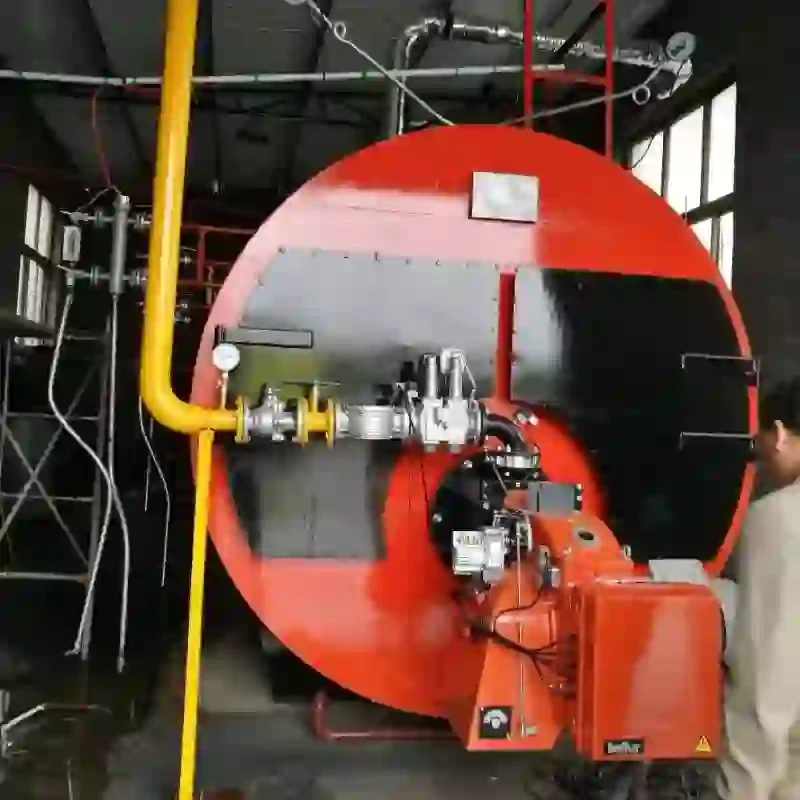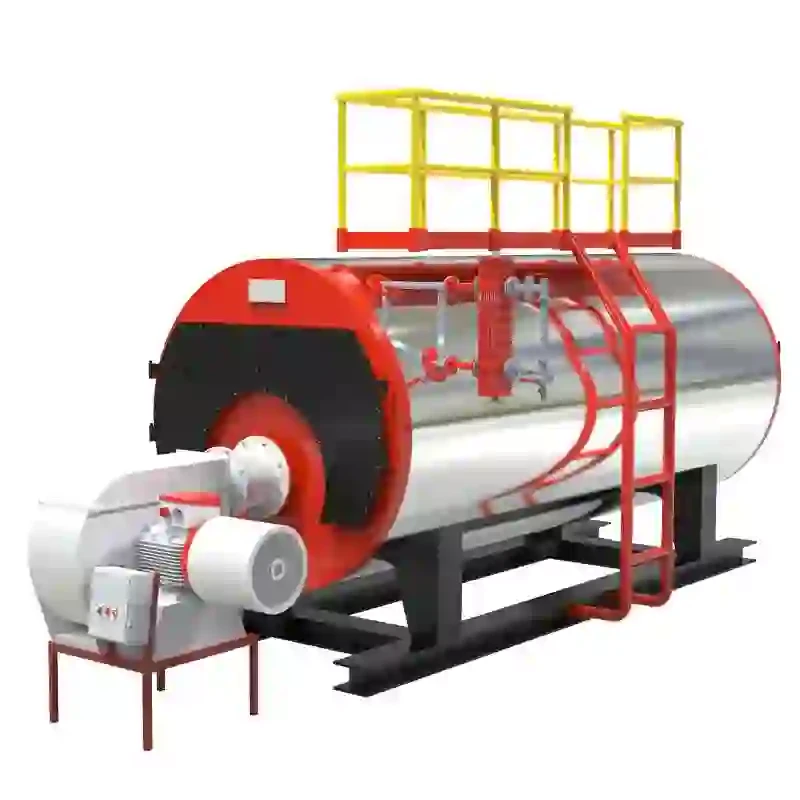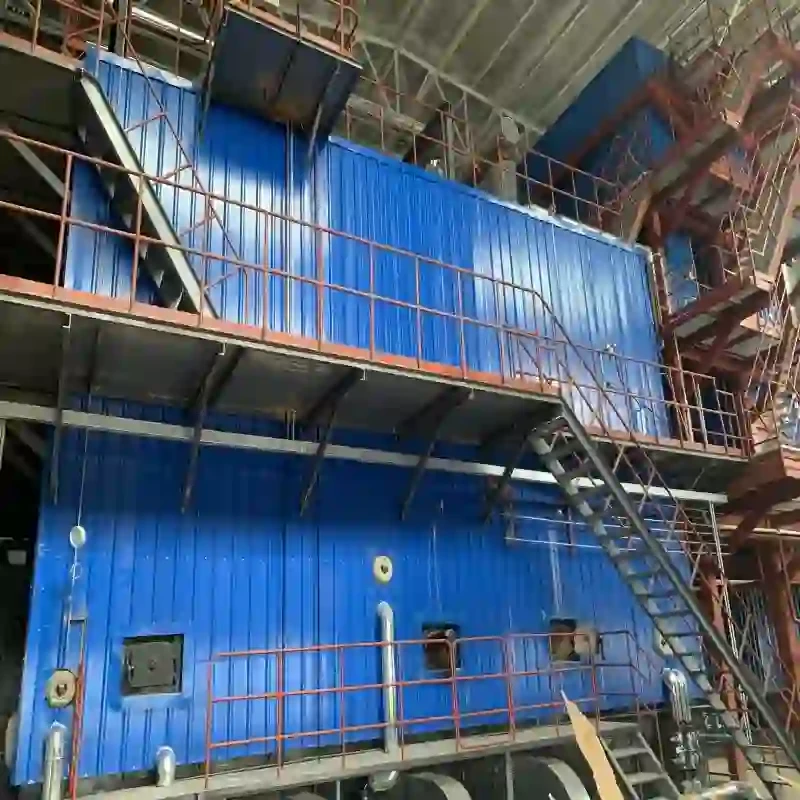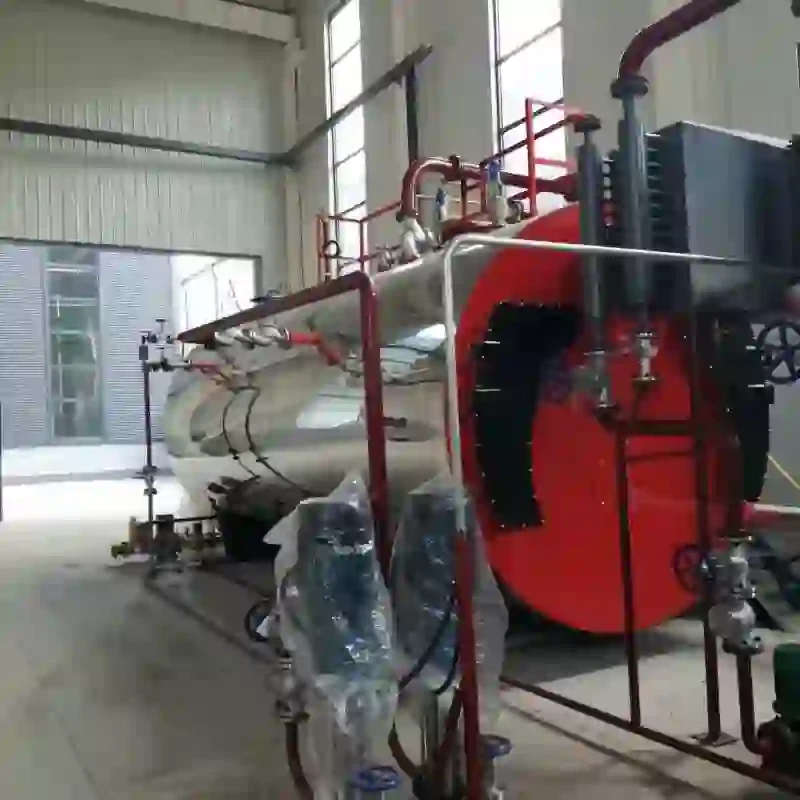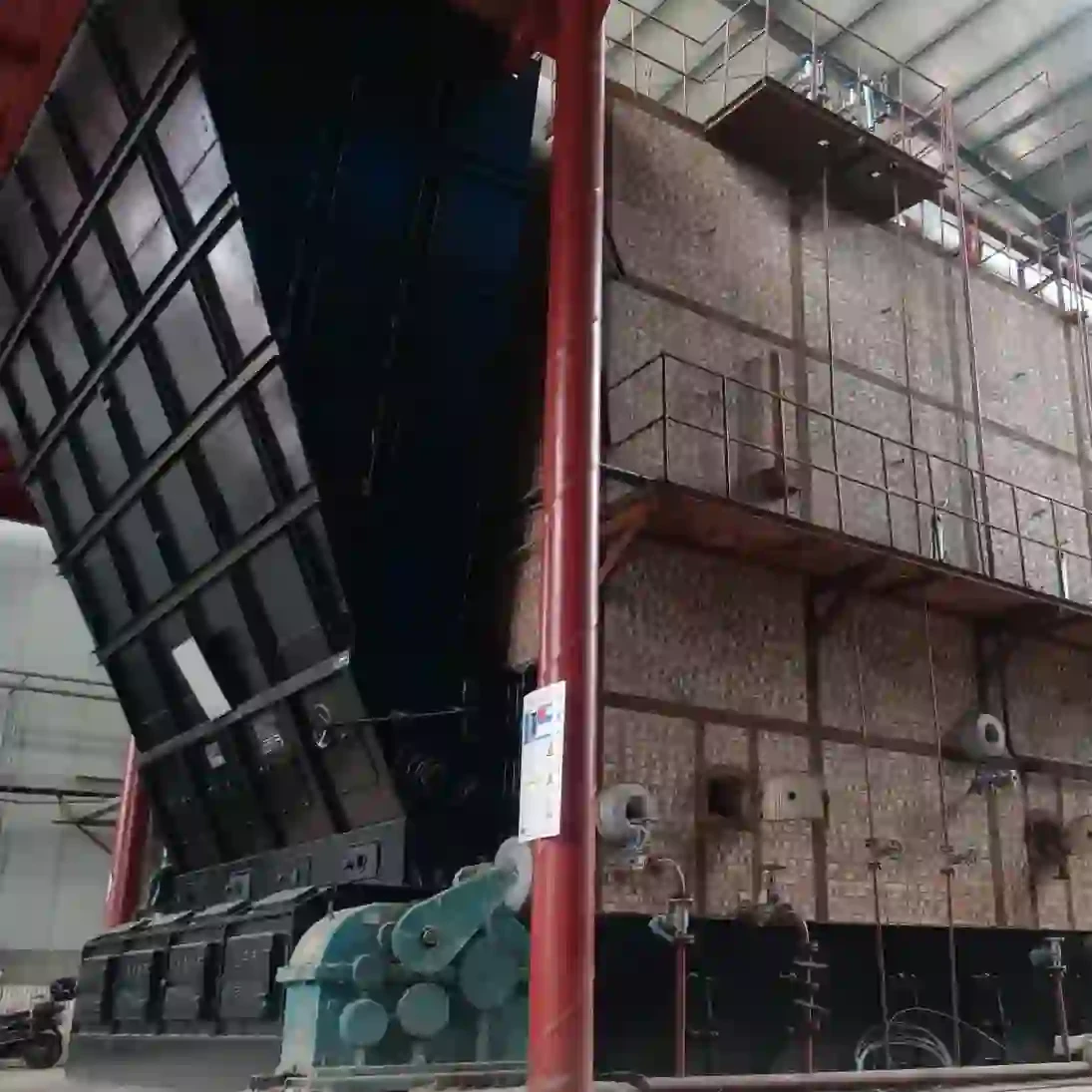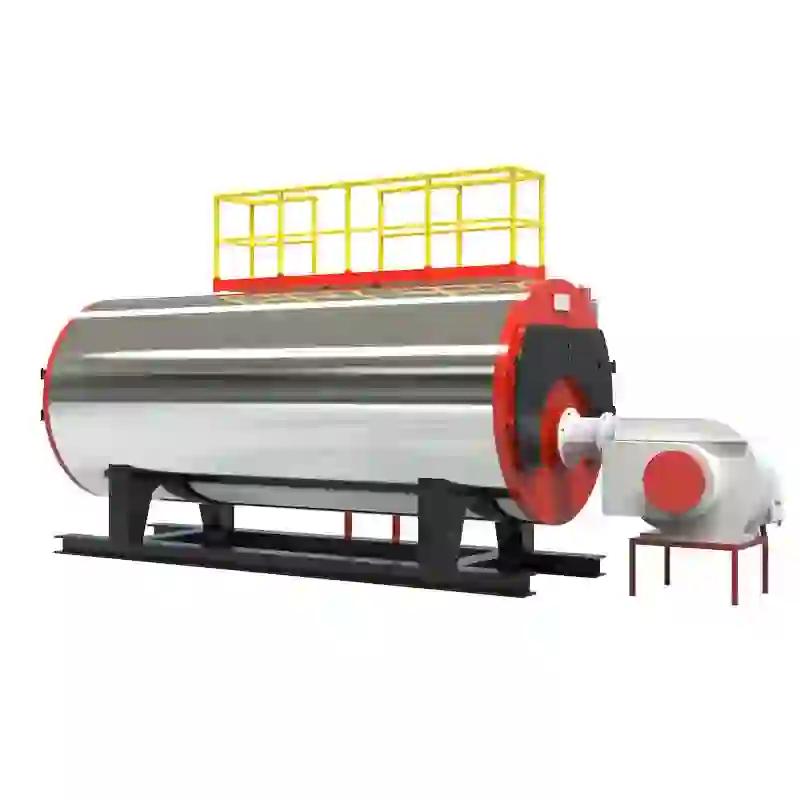
Mei . 11, 2025 09:42 Back to list
Steam Boiler Components & Functions Key Parts Guide & PDF Download
- Comprehensive overview of steam boiler systems
- Critical components breakdown with technical specifications
- Performance metrics: Temperature vs pressure dynamics
- Innovative engineering in modern boiler designs
- Manufacturer comparison through operational data
- Customized solutions for industrial applications
- Implementation case studies and ROI analysis

(steam boiler components and functions)
Understanding Steam Boiler Systems for Industrial Efficiency
Modern steam boiler systems achieve 92-98% thermal efficiency through optimized component integration. The global industrial boilers market, valued at $15.5 billion in 2023, demands precise understanding of 17 essential components that collectively ensure operational safety and energy conservation.
Technical Architecture of Thermal Transfer Systems
Burner Chamber: Advanced dual-stage combustion reduces NOx emissions by 40% compared to traditional models
Steam Drum: High-grade carbon steel construction withstands 500-2,500 psi operating pressures
Superheater Sections: Increase thermal efficiency by 6-8% through 400°C steam temperature management
Operational Parameters Analysis
Pressure-temperature correlation studies show:
150 psi systems: Maintain 185°C ±5°C with 3% energy loss
600 psi systems: Require 285°C ±2°C for optimal performance
Modern control systems reduce pressure fluctuations by 72% through real-time sensor arrays.
Engineering Breakthroughs in Heat Exchange
Leading manufacturers now implement:
• Micro-channel tube bundles (22% faster heat transfer)
• AI-powered combustion optimization (4.1% fuel savings)
• Ceramic-coated fire tubes (extend service life by 15,000 hours)
Industrial Boiler Manufacturer Comparison
| Manufacturer | Thermal Efficiency | Pressure Range | Maintenance Interval |
|---|---|---|---|
| Thermodyne | 94.5% | 15-300 psi | 8,000 hours |
| Cleaver-Brooks | 96.2% | 50-900 psi | 10,500 hours |
| Miura | 98.1% | 15-150 psi | 12,000 hours |
Application-Specific Configuration Models
Food Processing: 85 psi systems with 0.5°C temperature stability
Pharmaceutical: Clean steam generators meeting cGMP standards
Power Generation: 1,200 psi ultra-supercritical designs achieving 45% plant efficiency
Steam Boiler Components in Real-World Implementations
A textile plant reduced annual fuel costs by $287,000 after installing modular steam units with intelligent blowdown controls. Chemical processing facilities report 34% faster production cycles through precise pressure regulation systems meeting ASME BPVC standards.

(steam boiler components and functions)
FAQS on steam boiler components and functions
Q: What are the key components of a steam boiler and their functions?
A: The main components include the burner (ignites fuel), heat exchanger (transfers heat to water), and pressure gauge (monitors internal pressure). The safety valve releases excess pressure, while the boiler shell contains pressurized steam and water.
Q: Where can I find a detailed steam boiler parts and function PDF guide?
A: Many manufacturers provide free PDF manuals on their websites. Industry organizations like ASME also publish technical guides covering boiler components, maintenance, and operational standards.
Q: How do temperature and pressure relate in a steam boiler system?
A: Pressure and temperature are directly proportional in steam boilers. As pressure increases, the boiling point of water rises, requiring higher temperatures to generate steam efficiently while maintaining safety limits.
Q: What are safe operating temperature and pressure ranges for industrial steam boilers?
A: Typical ranges are 150-300°C (302-572°F) and 15-300 psi, depending on boiler type. Exact limits are specified by manufacturers and regulated by standards like ASME BPVC Section IV for safety compliance.
Q: Which components control steam boiler pressure and prevent overheating?
A: Pressure relief valves and controls regulate pressure, while aquastats monitor temperature. Superheaters manage steam temperature, and blowdown valves remove sediment to maintain efficient heat transfer and prevent damage.
-
Steam Boiler System Diagram & Schematic Efficient Heating Solutions for Industry
NewsJul.08,2025
-
Steam Boiler Thermostat - Precise Control & Energy Saving Solutions
NewsJul.08,2025
-
High-Efficiency Biomass Steam Boiler for Industrial Use Eco-Friendly Biomass Fired Steam Boiler Solutions
NewsJul.07,2025
-
Hot Water Boiler Banging Noise Causes & Solutions for Quiet Operation
NewsJul.07,2025
-
Hot Water Boiler Schematic Diagram Efficient Steam Boiler System Schematics
NewsJul.06,2025
-
How to Drain a Hot Water Boiler System Easy Step-by-Step Guide for Homeowners
NewsJul.06,2025
Related PRODUCTS






